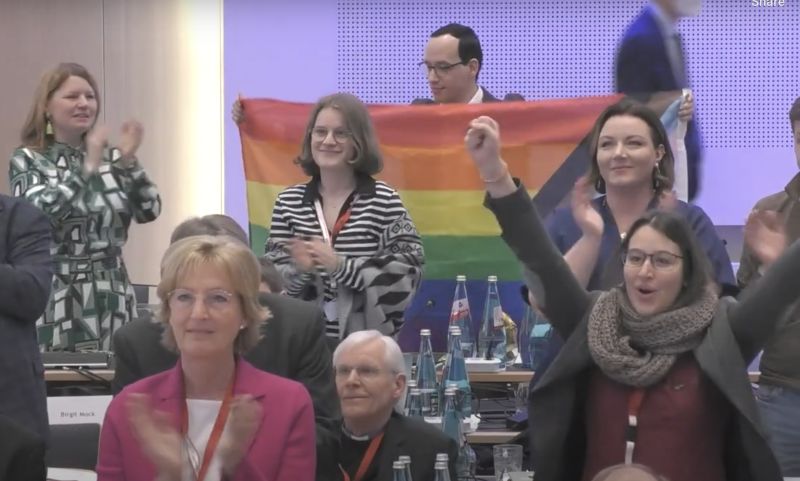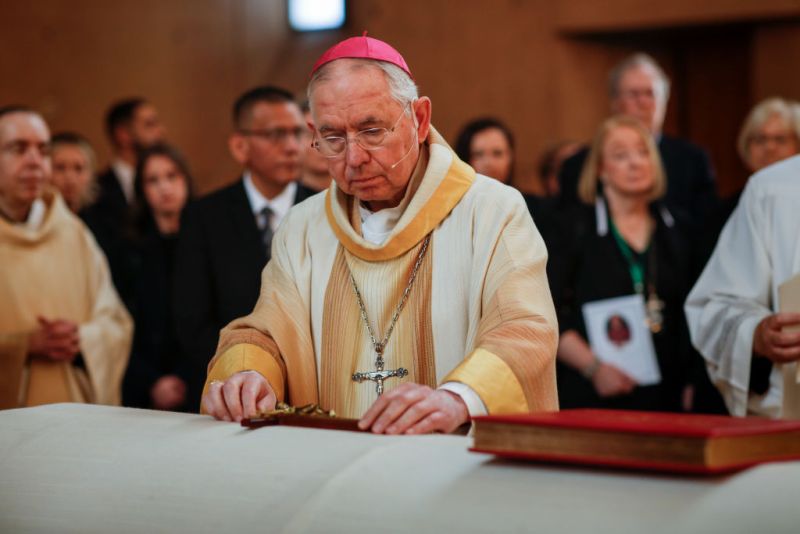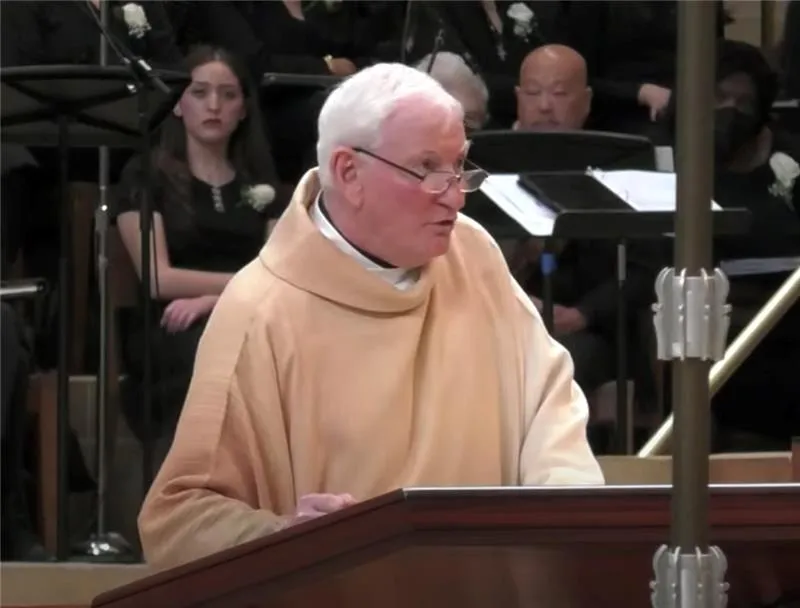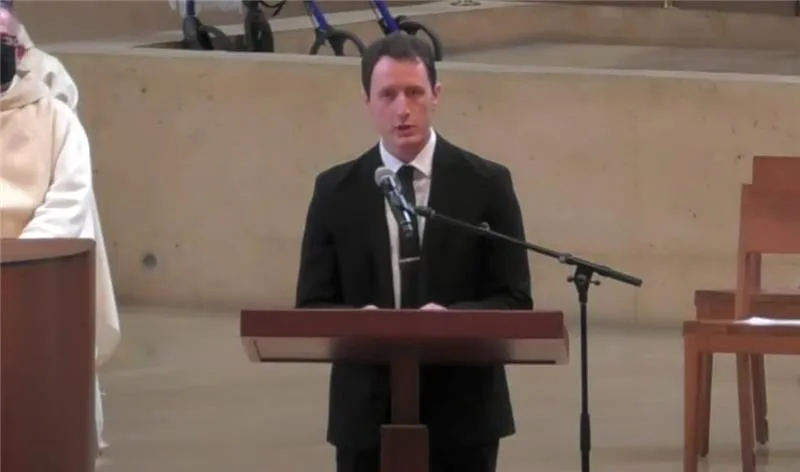
Kyiv, Ukraine, Mar 24, 2022 / 07:05 am (CNA).
The head of the Ukrainian Greek Catholic Church met on Wednesday with the leader of the Orthodox Church of Ukraine.
Major Archbishop Sviatoslav Shevchuk and Epiphanius I of Ukraine discussed the importance of cooperation during the war at their meeting in the Ukrainian capital Kyiv on March 23.
Afterward, the two Church leaders met with Kyiv’s mayor, Vitali Klitschko, a former heavyweight boxing champion.
Shevchuk has led the Ukrainian Greek Catholic Church (UGCC), the largest of the 23 Eastern Catholic Churches in communion with Rome, since 2011.
Metropolitan Epiphanius of Kyiv and All Ukraine was installed as primate of the Orthodox Church of Ukraine (OCU) in 2019. The OCU is an autocephalous Eastern Orthodox Church formed from a merger of Orthodox communities in Ukraine.
Після завершення зустрічі Глави УГКЦ та ПЦУ поспілкувалися з міським головою міста Києва Віталій Кличко, побажавши йому…
Posted by Українська Греко-Католицька Церква on Wednesday, March 23, 2022
The OCU was formally recognized by the Ecumenical Patriarchate of Constantinople, the spiritual leader of the world’s Orthodox Christians, in 2019. The step was opposed by the Russian Orthodox Church, which broke off relations with the Ecumenical Patriarchate in protest.
The OCU is one of two major Orthodox bodies in Ukraine, alongside the Ukrainian Orthodox Church of the Moscow Patriarchate (UOC-MP).
The UGCC’s Department of Information said that Shevchuk requested the meeting with Metropolitan Epiphanius.
“The participants of the meeting, once again categorically condemning Russian aggression against Ukraine, discussed the current dramatic circumstances of life and ministry of both Churches in Ukraine,” it said.
“His Beatitude Sviatoslav noted that the UGCC and the Ukrainian Orthodox Church can and must cooperate, and the fate and future of Ukraine depend on the level of this cooperation.”
The Department of Information added that Metropolitan Epiphanius underlined the importance of bilateral cooperation between Orthodox Christians and Greek Catholics in helping the Ukrainian people during the war.
He also stressed the need for cooperation within the broader framework of the Ukrainian Council of Churches and Religious Organizations (UCCRO), and in contacts with religious leaders and institutions abroad.
Also on March 23, Shevchuk visited a hospital in Kyiv. In his daily video message on March 24, a month after the full-scale Russian invasion began, he said he was struck that he did not see a sad face among the wounded defenders of Ukraine.
“When I greeted them, I held their courageous hand in my hands, but the rest of their body, the whole body was wounded,” he said.
“This soldier, this person, this woman, smiling, told me about victory, the victory of Ukraine. And everyone asked for prayer so that they could return to the army as soon as possible, and again side by side with their fellow sisters and brothers to defend our homeland.”
“Their faces, their eyes, their supplications shine with hope for all of us. With the hope that the truth will be victorious.”
In his video message, Shevchuk called for urgent action to save the population of Mariupol, a city in southeastern Ukraine that has suffered severe Russian bombardment. The settlement, which had a pre-war population of more than 400,000, is known as the “City of Mary.”
“Today, this city needs humanitarian corridors. It needs even the international community to help break through the siege and bring humanitarian goods, which we have, to those who are slowly dying of hunger today,” he said.
“Last week, these people survived on snow that was melting and could thereby have drinking water. Today there is no more snow in Mariupol. Let us save this City of Mary! Let us do everything to save this city, which really is today a place of clash of good and evil, a place where the fate of Ukraine, Europe, and the world is decided.”
If you value the news and views Catholic World Report provides, please consider donating to support our efforts. Your contribution will help us continue to make CWR available to all readers worldwide for free, without a subscription. Thank you for your generosity!
Click here for more information on donating to CWR. Click here to sign up for our newsletter.









[In his video message, Shevchuk called for urgent action to save the population of Mariupol, a city in southeastern Ukraine that has suffered severe Russian bombardment.]
Tell it to Azov.